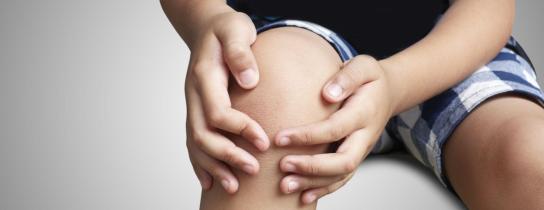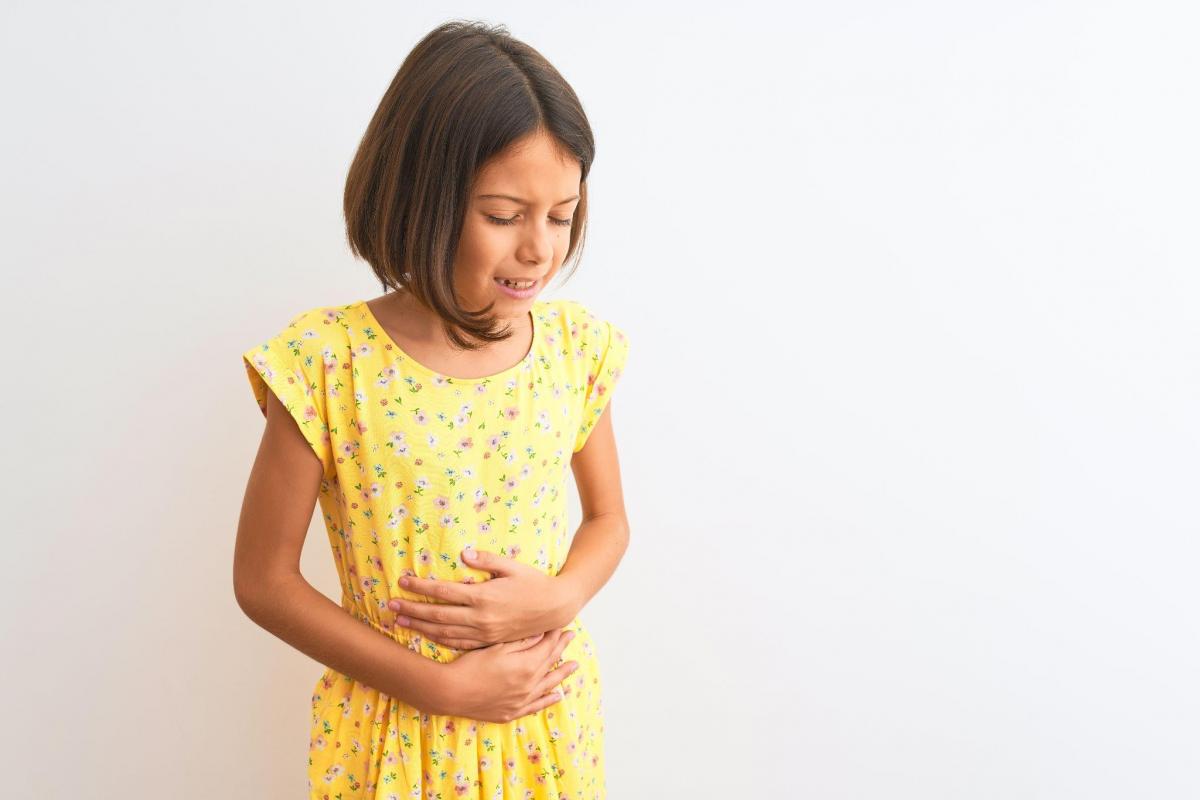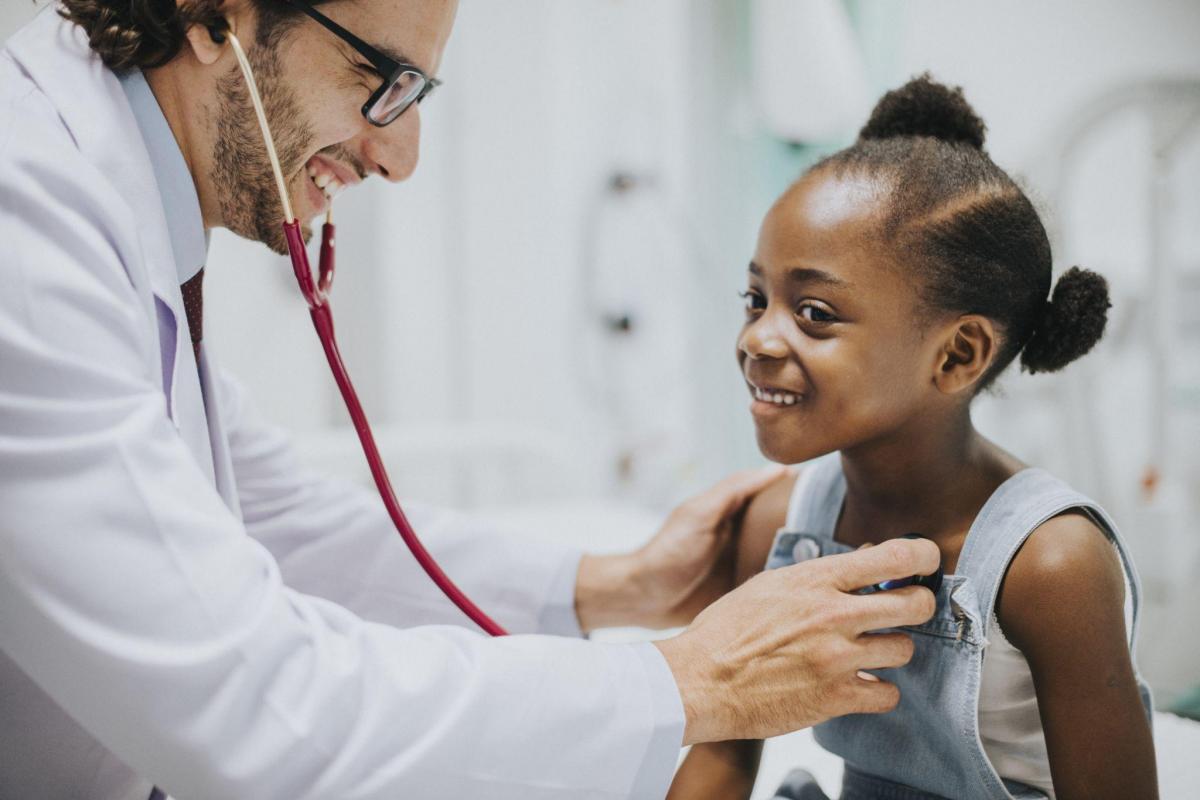
Growing Pains vs. Injury in Kids
When your child tells you they’re in pain, it’s natural to worry or even jump to conclusions. Did they fall? Were they hurt without you knowing it? These questions are natural and good to ask if you suspect something may be wrong, but if your child is complaining of aches and pains, there may be another cause: growing pains.
They’re experienced by millions of children, especially those between the ages of three and twelve. Despite being a bit uncomfortable, they should not cause unbearable pain or discomfort.
However, it can sometimes be difficult to know when your child is actually hurt or when they’re experiencing growing pains. We aim to clear up any misconceptions and answer all the questions you may have regarding the difference between growing pains and injury in kids.
What Are Growing Pains?
The simplest description of growing pains is a dull ache or acute discomfort in the limbs experienced by young children, especially at night.
Most parents are well aware of their existence, but very few know why they occur or how to treat them when they do.
What Causes Growing Pains?
Believe it or not, there’s no real proof that growing pains are caused by growing. The name was chosen due to most kids experiencing these aches and pains around the ages they’re doing the most growing. However, bone growth does not and should not hurt. Contrary to popular belief, your child isn’t experiencing pain because their bones are growing so fast.
One theory why kids experience growing pains is that their muscles, bones, tendons, and ligaments may not all be growing at the same pace, which could cause discomfort. There’s an equally as good theory based on the fact that kids might have aches and pains because they’re in a very active period of their lives.
Whatever the cause, growing pains are not a serious condition and should subside over time.
What Do Growing Pains Feel Like?

Most children experience growing pains in their legs, specifically in their thighs, calves, shins, or behind their knees. This pain is usually felt in both legs simultaneously and should not affect their joints. In some cases, growing pains may also occur in their arms.
Most of the time, growing pains start in the late afternoon or early evenings, but there’s just as good a chance that they could be awakened by growing pains during the night. This is one of the reasons why growing pains may be attributed to being very active during the day.
The specific symptoms of growing pains include:
- Aching or throbbing sensation in the limbs
- Headaches
- Abdominal pain
This discomfort should not be constant but typically comes and goes throughout the day.
Treating Growing Pains
Since there’s no known cause for growing pains, no medical treatment can be prescribed to help. Instead, most parents turn to home remedies to help ease the pain. Some of the most effective remedies you can try include:
Massaging the Limbs
Gently massaging the affected area can help relieve some of your child’s pain. In many cases, attention, a hug, or just sitting with them and showing sympathy could help them feel more relaxed and experience less discomfort.
Using a Heating Pad
Heating pads are often used to treat muscle pain and can similarly help your child get some relief from the aches associated with growing pains. Use a heating pad whenever your child complains of pain or right before they go to bed to help ease any discomfort they may be experiencing.
Taking a Warm Bath
Like a heating pad, a warm bath can help soothe pain and relax your child’s muscles. An added benefit is it may make them sleepier and more likely to sleep through the night without waking up in pain.
Taking Pain Medication
Using a mild to moderately strong pain reliever like ibuprofen and acetaminophen can help ease the pain associated with growing pains, especially if other home remedies don’t seem to reduce the discomfort.
However, avoid giving your child aspirin, as this could cause a very rare condition known as Reye’s syndrome, resulting in swelling of the liver and brain.
Stretching Exercises
Since some of the discomfort associated with growing pains can be attributed to muscle growth or activity, stretching could help prevent pain by increasing flexibility and reducing their tendency to spasm or cramp.
Growing Pains vs. Injury
It can be very tricky to differentiate between growing pains and injury, but a general rule is that it’s probably growing pains if:
- The pain is in a muscle. If it’s located in a joint like the knee bones or elbows, it might be related to a different condition.
- Your child has had an unusually active day. If they have been up and about, running and playing, the pain they’re experiencing may be because of growing pains or simply stiff muscles from exercise.
- Massaging the area makes it feel better. If your child refuses to let you touch the spot that hurts or shows signs of increased discomfort when you do, it may be an injury.
- The pain comes and goes and doesn’t stay constant. If the pain is present all the time, it may be because your child got hurt.
Although it might be alarming, if your child complains of pain but seems to be okay in general, there’s a good chance it’s growing pains and nothing serious.
Conditions That Feel Like Growing Pains
Some children may not be injured but have a different condition that causes symptoms similar to growing pains. Some of the most common conditions include:
- Restless leg syndrome: This could cause leg pain at night and leave your child struggling to sleep. One of the other telltale signs is feeling like spiders are crawling on their legs or if they frequently kick while they sleep.
- Vitamin D or magnesium deficiency: although it’s uncommon, a vitamin D or magnesium deficiency could cause leg pain, as the deficiency lowers your child’s body’s ability to absorb calcium. Other symptoms may include muscle weakness and stunted motor development.
- Nocturnal cramps: These resemble growing pains and typically happen at night. Your child’s muscles may become stiff, and the discomfort should occur less frequently than regular growing pains.
- Injury: If your child has hurt their muscles, bones, or ligaments due to activity or an accident, they may experience discomfort throughout the day and in more body parts than just their legs or arms.
When To See a Doctor

You should take your child to a doctor if the pain:
- Is persistent
- Lasts until morning
- Disturbs your child’s usual activities or routine
- Is accompanied by other symptoms like swelling, weakness, fever, or redness
- Is located directly in the joints
If you are worried that your child may be in pain for reasons other than growing pains, Crystal Run Healthcare’s pediatric office can provide the screening and examinations necessary to determine the cause of their discomfort.
Crystal Run Healthcare is a medical care provider with locations across New York. With highly experienced physicians and personnel, Crystal Run Healthcare can help diagnose, treat, and manage your child’s symptoms should the need arise.
If you’re interested in learning more about the pediatric office, or getting in touch to schedule an appointment, simply call 845-703-6999 or look through the Crystal Run Healthcare website today!

 Optum Radiology at Crystal Run Healthcare
Optum Radiology at Crystal Run Healthcare Request medical records online
Request medical records online